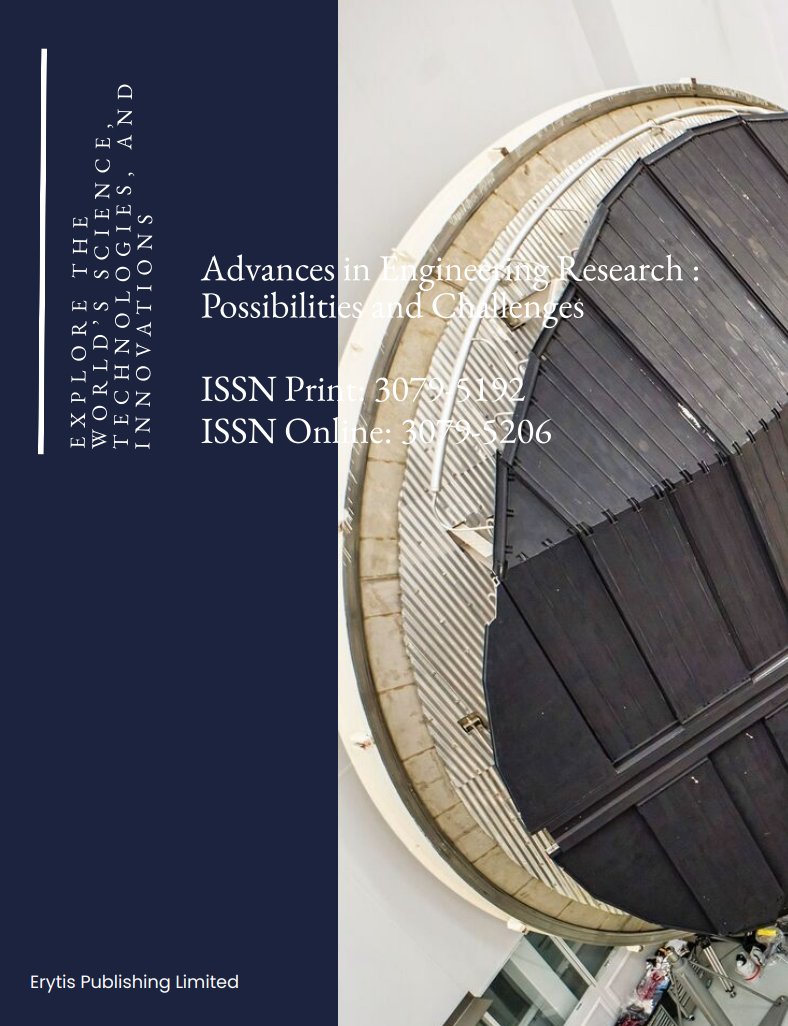Research on the Dimension of Ballastless Track Transition Section in High-speed Railway Based on UM Simulation
DOI:
https://doi.org/10.63313/AERpc.9029Keywords:
High-Speed Railway (HSR), Ballastless Track, Subgrade-Bridge Transition Zone, Dynamic ResponseAbstract
Based on the vehicle-track coupled dynamics theory, this study establishes a dynamics analysis model for a Chinese standard electric multiple unit (EMU). Aiming to systematically analyze the dynamic performance of high-speed trains passing through subgrade-bridge transition zones from the perspective of operational safety, simulation calculations were conducted using UM software under identical track irregularity excitation conditions. These simulations modeled the dynamic responses of the vehicle-track system in ballastless track transition zones of high-speed railways under various structural dimensions and operating speeds. Key dynamic performance indicators, including wheel-rail forces and car body accelerations, were selected to evaluate train operational safety and ride comfort. The research findings provide an important theoretical basis for the optimized design and construction of high-speed railway subgrade-bridge transition zones.
References
[1] LIU Wei. (2011). Research on stiffness transition forms in ballasted-ballastless track tran-sition zones [PhD dissertation]. Southwest Jiao tong University. (In Chinese)
[2] YOSHITSUGU M., TAKATADA T., & TAKAHISA N. (2016). A study on the deformation characteristics of ballasted track at structural transition zone by multi-actuator moving loading test apparatus. Transportation Geotechnics, 6, 76–86.
[3] DUKKIPATI R. V., & SWAMY S. N. (2001). Lateral stability and steady state curving per-formance of unconventional rail trucks. Mechanism and Machine Theory, 36(5), 577–587.
[4] DAVID M. S., STEPHANIE L. D., & FRANK W. D. (2013). Siting solar energy development to minimize biological impacts. Renewable Energy, 57, 289–298.
[5] LI D., & DAVIS D. (2005). Transition of railroad bridge approaches. Journal of Geotechnical and Geoenvironmental Engineering, 131(11), 1392–1398.
[6] READ D., & LI D. (2006). Design of track transitions (TCRP Research Results Digest No. 79). Transportation Research Board.
[7] CAI Cheng biao, ZHAI Wanming, ZHAO Tie jun, TIAN Limin, & WANG Zhipeng. (2001). Study on dynamic interaction of trains passing through subgrade-bridge transition zones. Journal of Traffic and Transportation Engineering, 1(1), 17–19. (In Chinese)
[8] MA Xuening. (2009). Dynamic analysis of high-speed railway subgrade and bridge-subgrade transition zone structures under vehicle-track coupling conditions [PhD dissertation]. Lanzhou Jiaotong University. (In Chinese)
[9] ZHANG Xing. (2021). Research on deformation control technology of high-speed railway subgrade in construction transition zones [Master's thesis]. Xi'an Technological University. (In Chinese)
[10] MA Qiuhuan. (2020). Study on the interaction characteristics of end stoppers and subgrade in CRTS II slab ballastless track [Master's thesis]. Shijiazhuang Tiedao University. (In Chi-nese)
Downloads
Published
Issue
Section
License
Copyright (c) 2025 by author(s) and Erytis Publishing Limited.

This work is licensed under a Creative Commons Attribution 4.0 International License.















